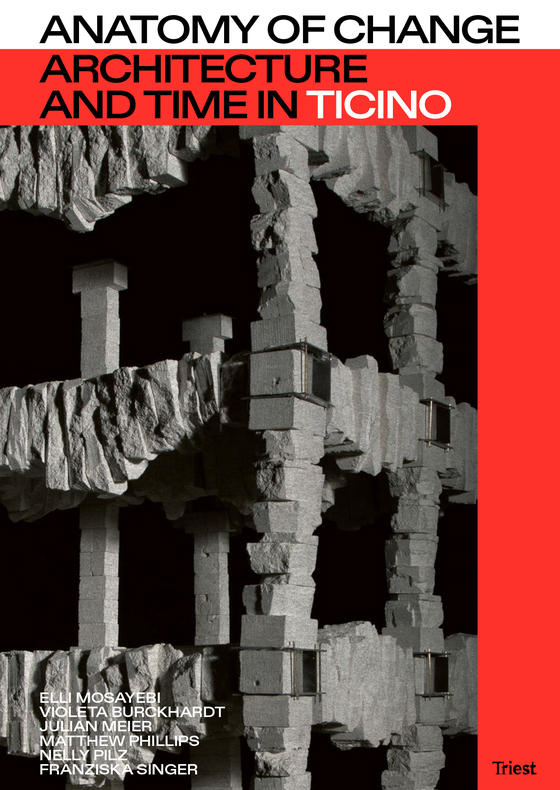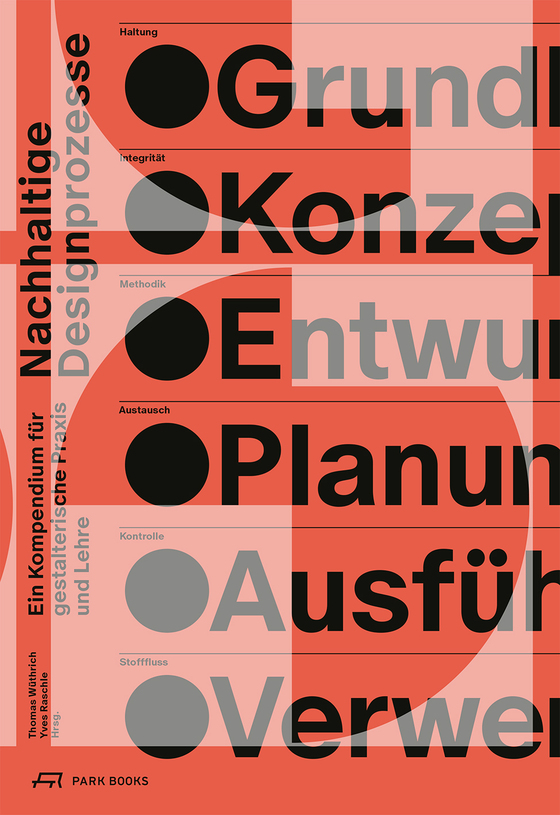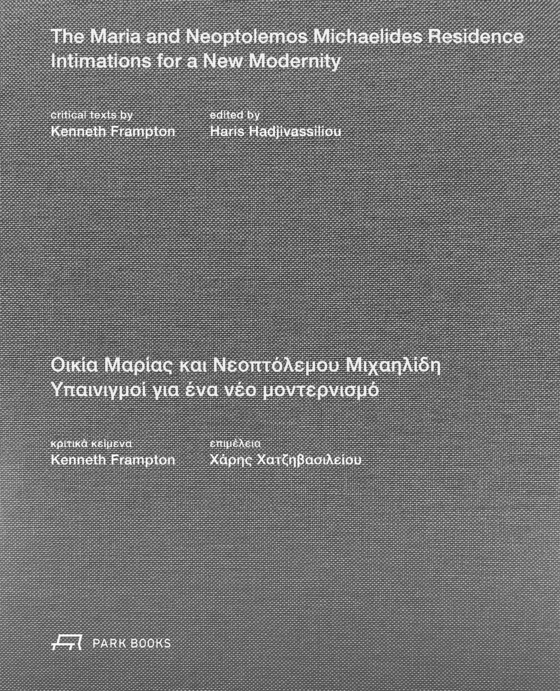Anatomy of Change
Architecture and Time in Ticino

Das Zusammenspiel von Klimawandel, demografischem und ökonomischem Wandel führt zu tiefgreifenden und unvorhersehbaren Veränderungen in Architektur, Landschaft und urbanem Raum.
Gleichzeitig steht die Forderung nach einer resilienten, zukunftsfähigen Architektur. Doch unsere Bauten halten immer w
Buch, Herausgegeben von Elli Mosayebi, Violeta Burckhardt, Julian Meier, Matthew Phillips, Nelly Pilz, Franziska Singer, 23.12.2025

